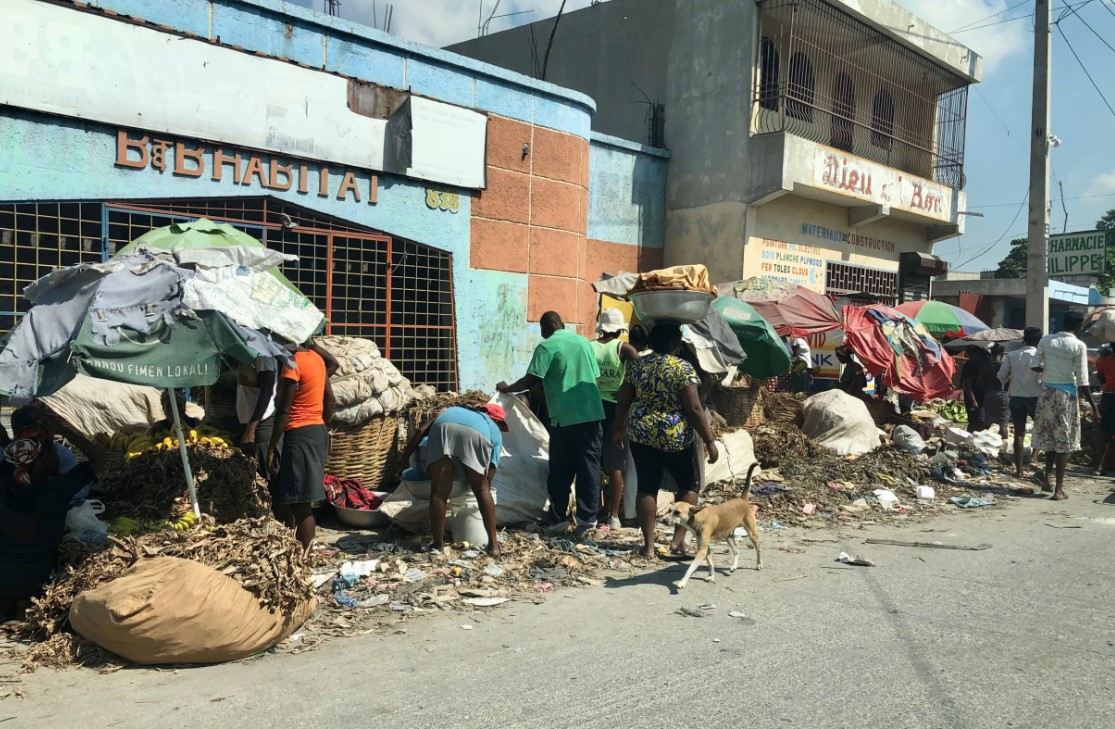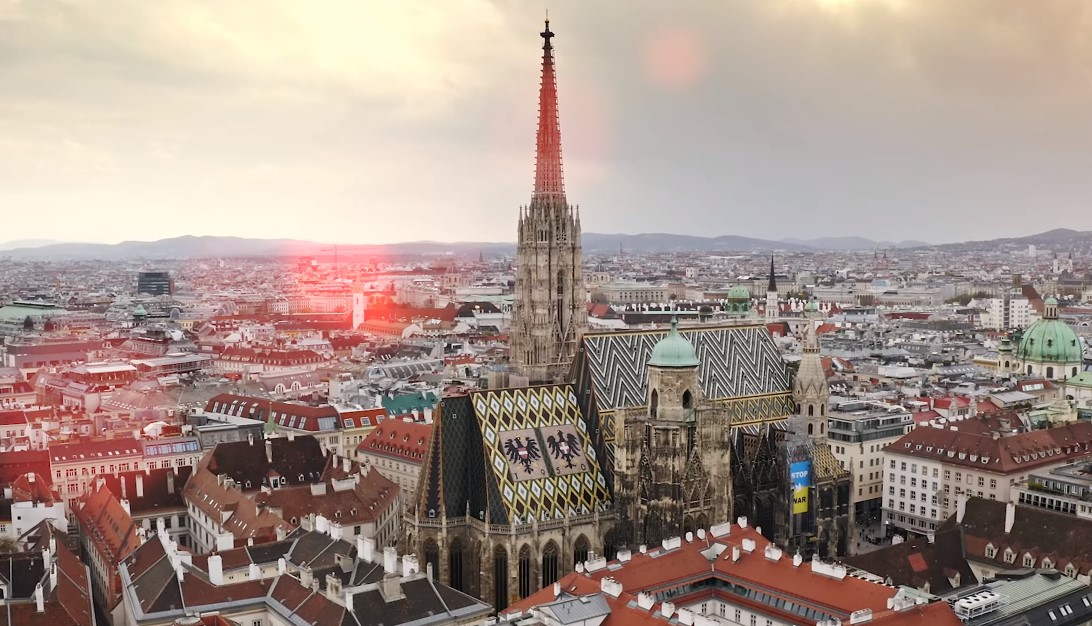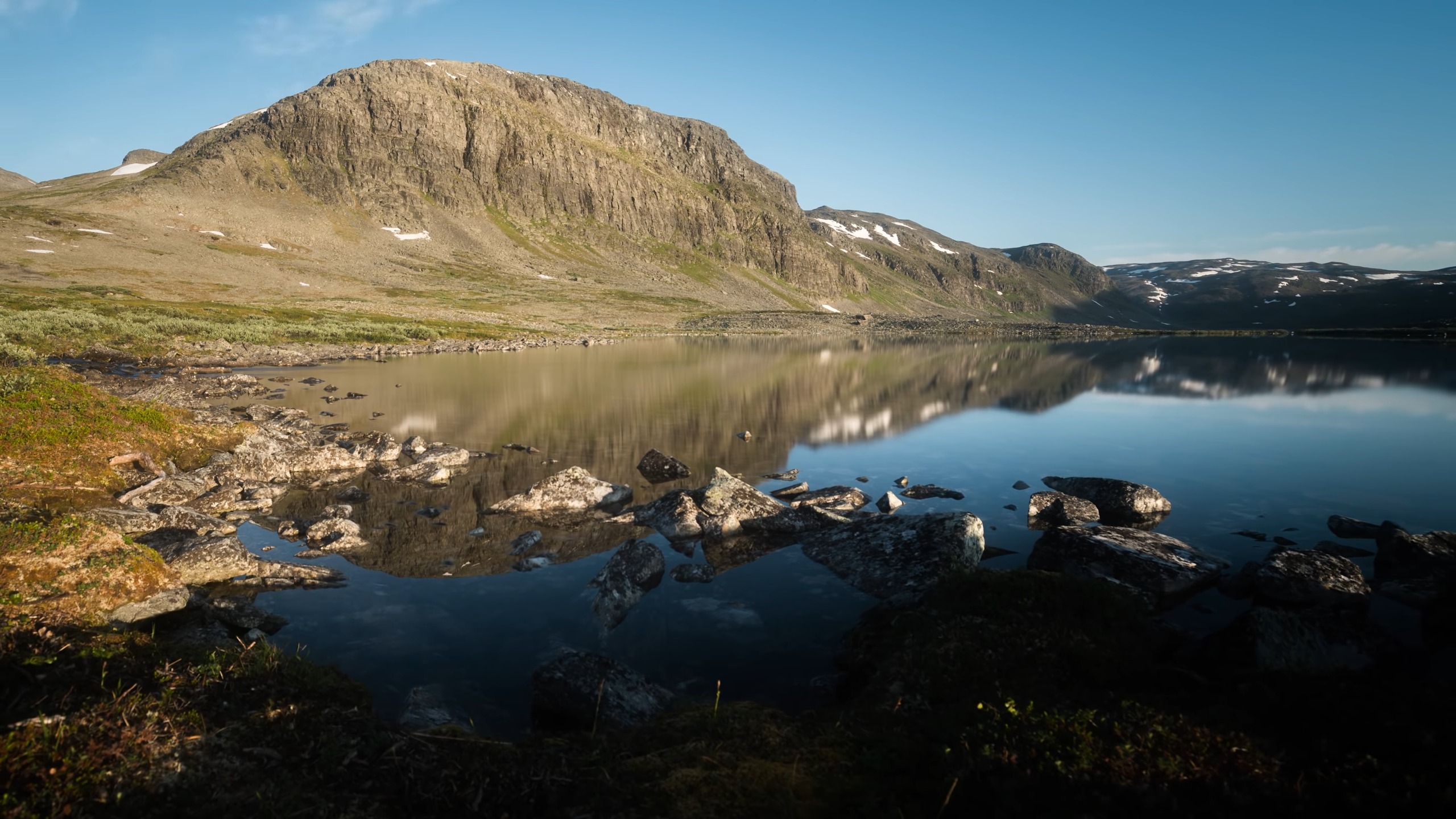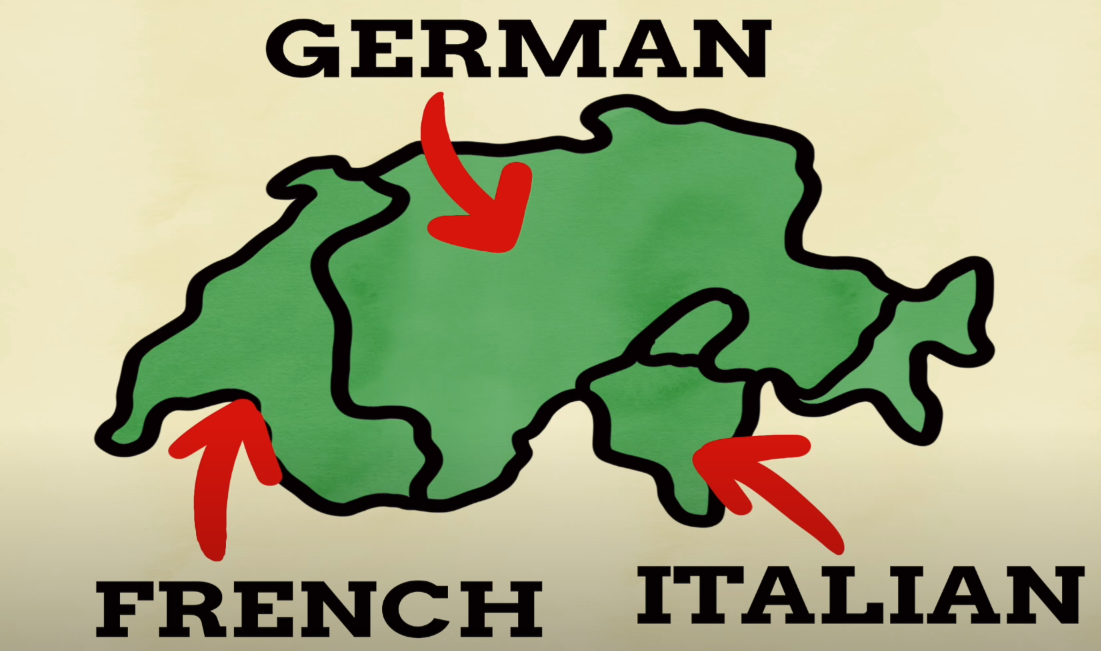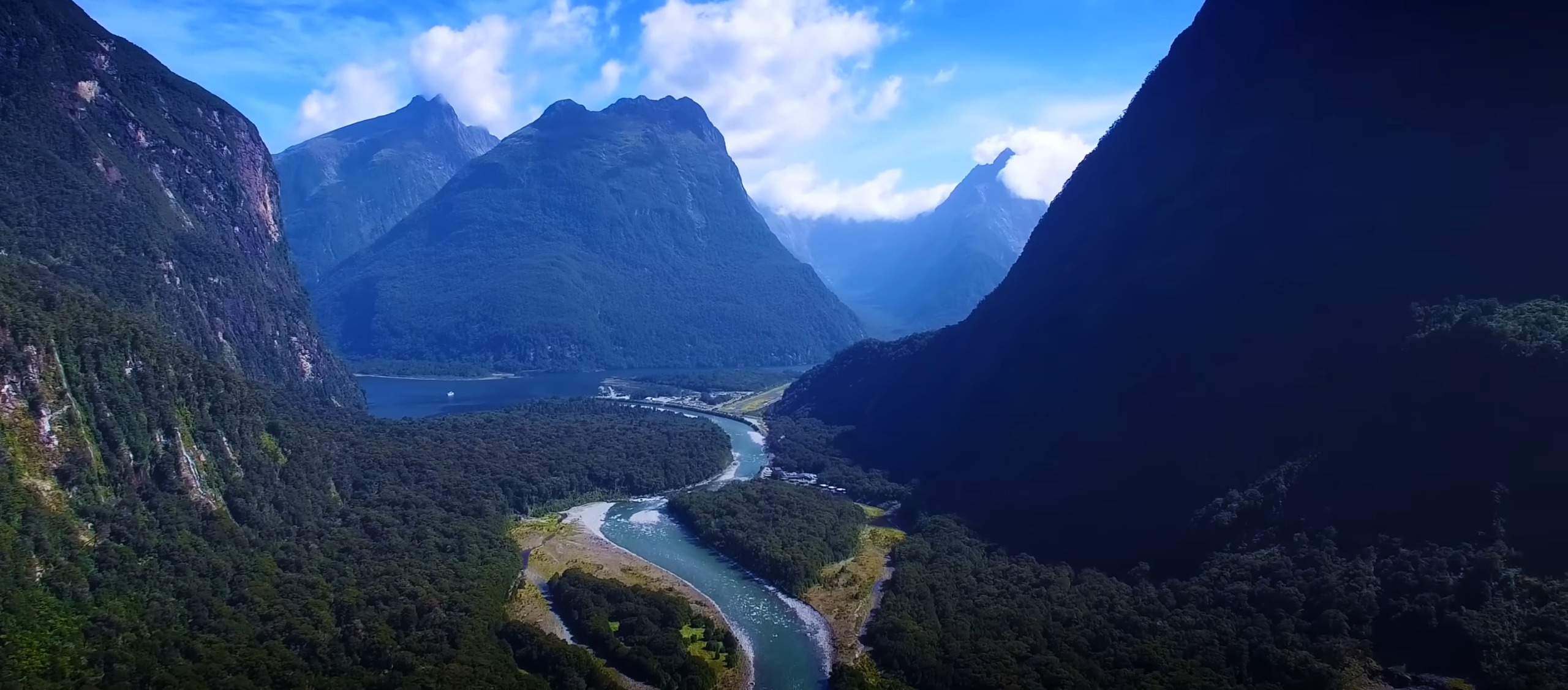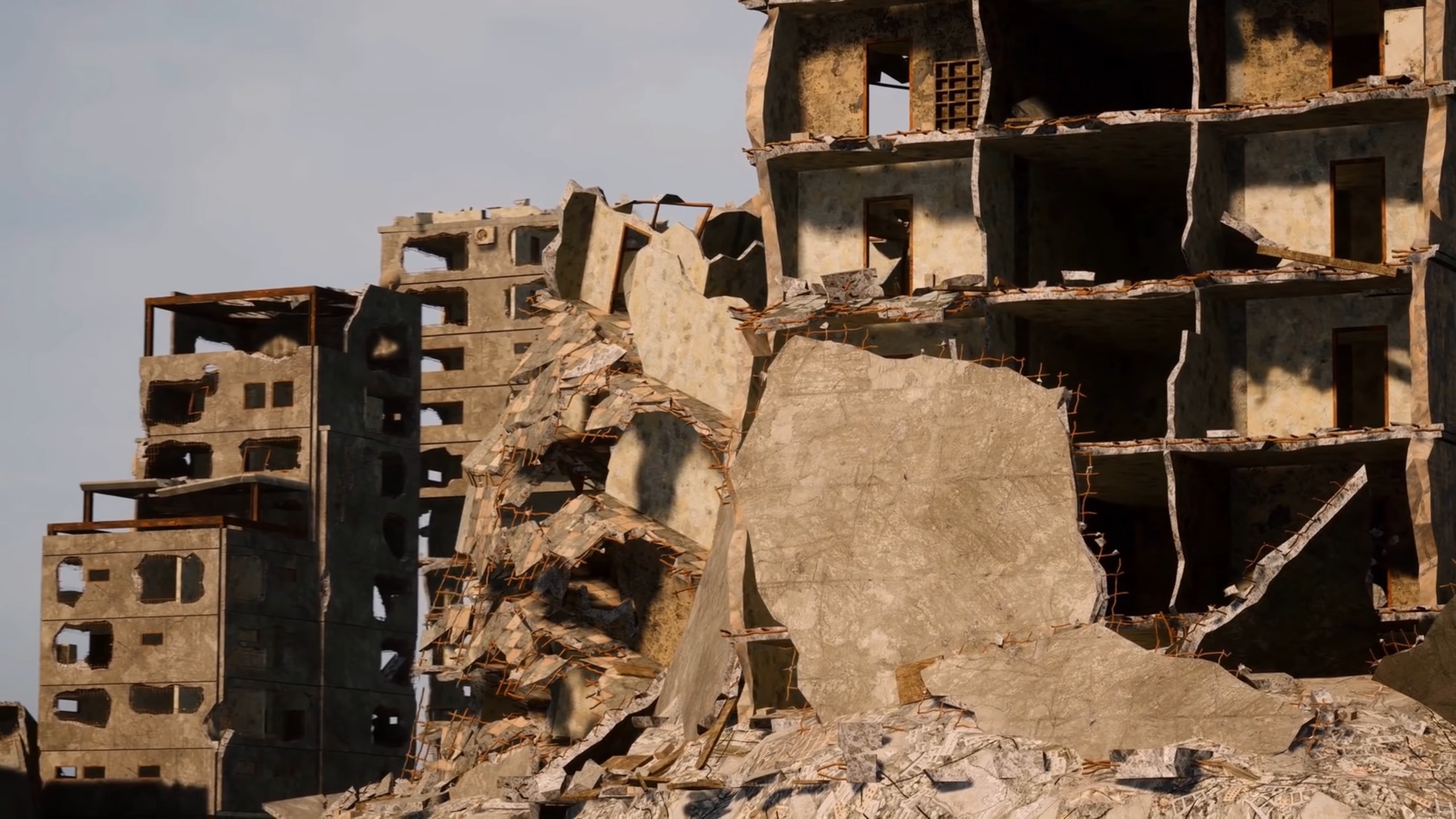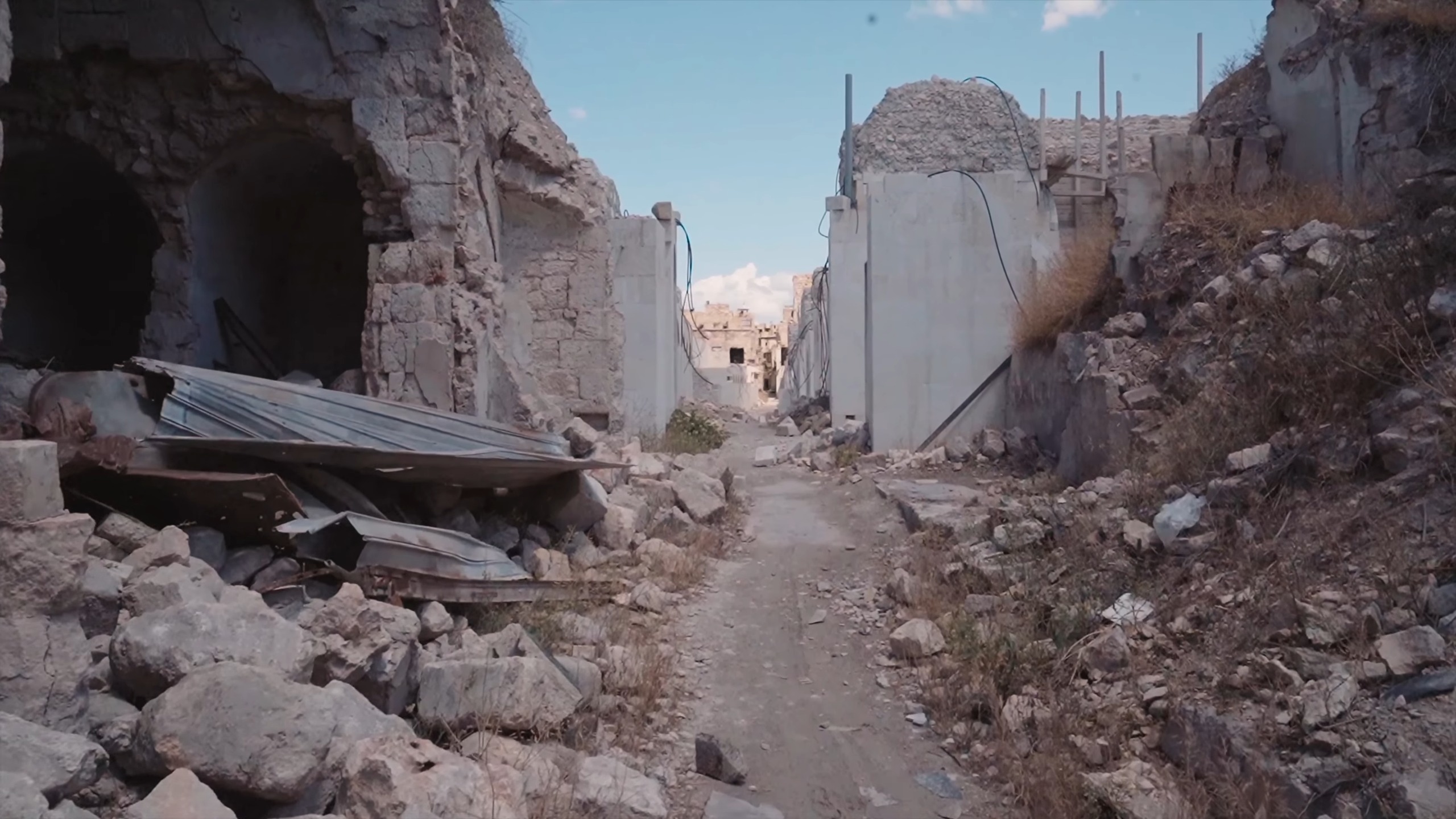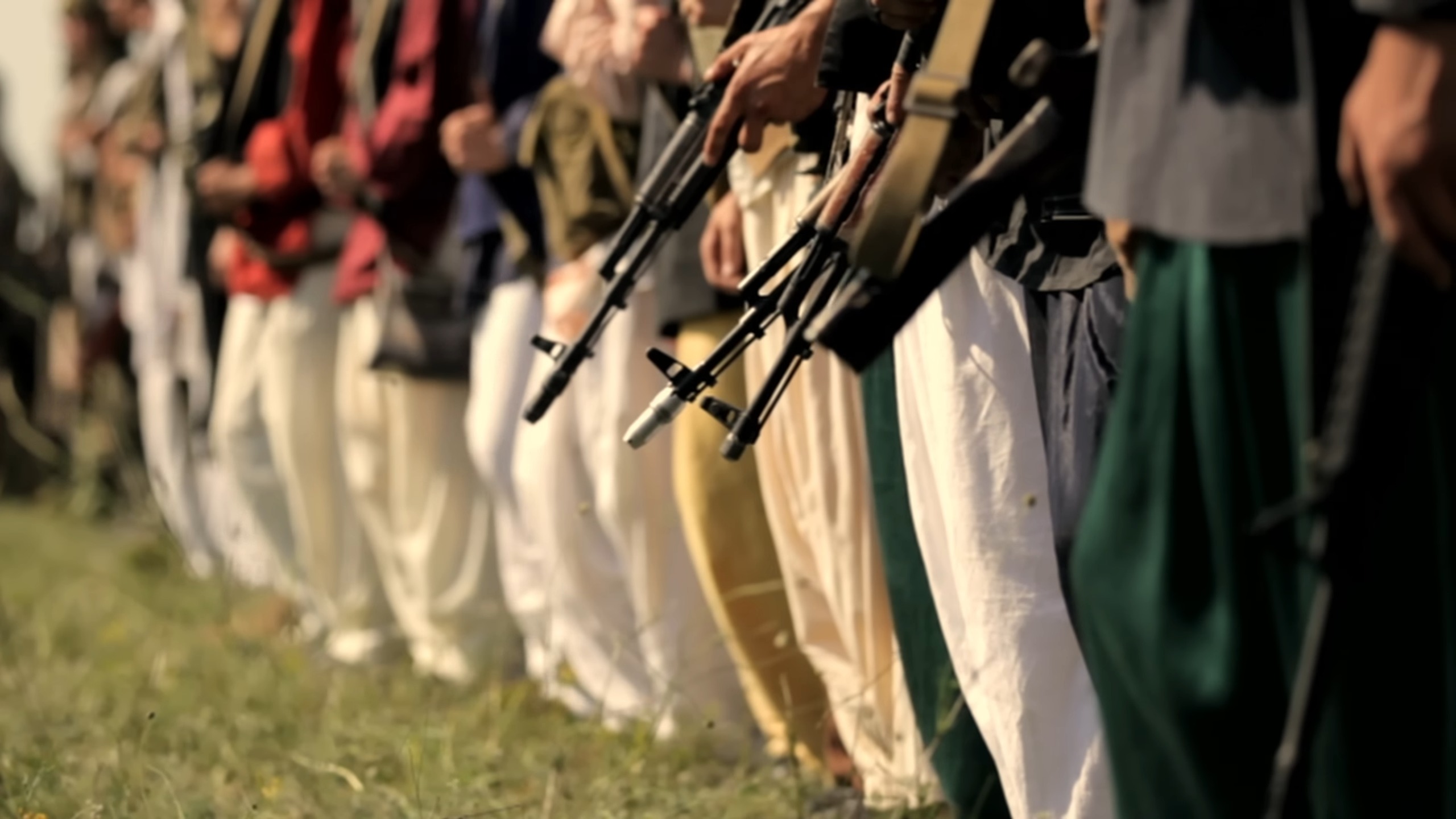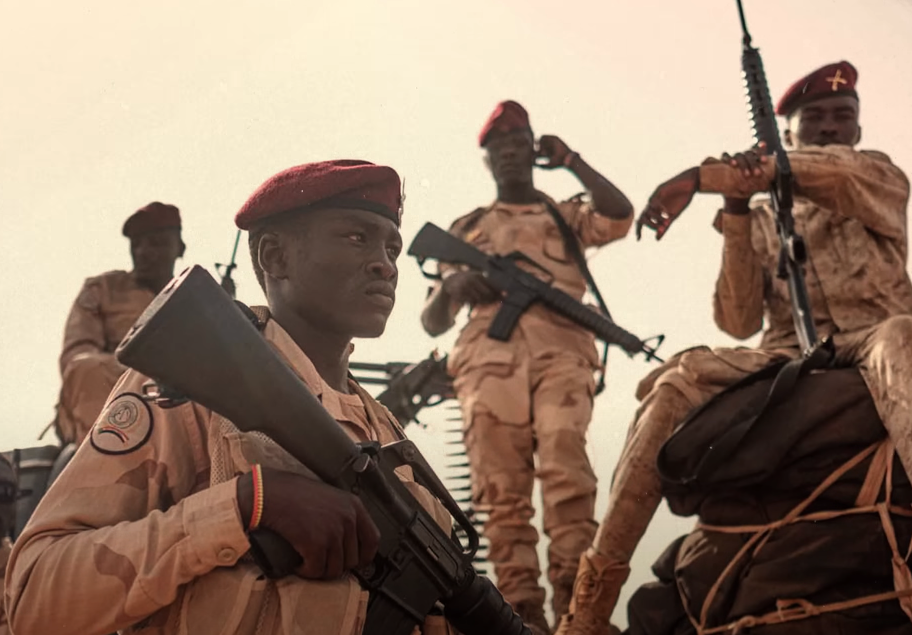In a world often characterized by tumultuous events and rising geopolitical tensions, it’s reassuring to shine a spotlight on countries that radiate peace.
These nations not only reflect tranquility in their domestic spheres but also play pivotal roles in fostering international peace and harmony.
This year’s index of the most peaceful countries gives us a glimpse into those places where serenity and stability reign supreme.
n our exploration of global peace metrics, it’s equally essential to shed light on countries facing challenges. While they grapple with internal and external conflicts, economic instability, or other issues, it’s important to approach the topic with empathy and a desire to understand.
On the flip side, some countries shine not only in peace but also in environmental sustainability, mirroring the world’s cleanest nations.
Let’s get into what makes these countries rank at the top, and uncover the secrets behind their peaceful standings.
Most Serene Countries
10. Denmark
Denmark, often known for its pioneering welfare model and egalitarian society, bags the 10th spot this year.
Social Cohesion and Happiness
https://www.youtube.com/watch?v=GmbNq26dH9Q&pp=ygUNRGVubWFya1NvY2lhbA%3D%3D
According to the World Happiness Report, Denmark consistently ranks among the top countries in terms of happiness and life satisfaction. This isn’t merely due to economic wealth, but a combination of factors:
- Strong community ties.
- Low levels of corruption.
- Emphasis on individual freedoms.
The Danes also prioritize work-life balance and possess a deep trust in their public institutions, contributing to the overall well-being of the society.
Contributions to Global Peace
Denmark has played a vital role in peacekeeping missions globally. In file of United Nations, Danish troops have been involved in numerous UN missions, ensuring that peace prevails in conflict zones. Their commitment to global tranquility is commendable, considering the size of the nation.
9. Austria
Nestled in the heart of Europe, Austria stands as a beacon of cultural heritage and peaceful coexistence.
Cultural Diversity and Acceptance
Austria’s commitment to promoting cultural diversity is noteworthy. According to the European Cultural Foundation, Austria has invested significantly in the arts, understanding its role in fostering unity and mutual respect. The country showcases:
- A rich musical legacy.
- Multicultural festivals.
- Inclusive policies ensuring everyone feels at home.
Economic Stability
Economic factors often influence a country’s peace index. Austria’s low unemployment rate and robust social security systems, according to the World Bank, ensure that the majority of its citizens lead comfortable lives, reducing potential social tensions.
8. Finland
Finland, the land of a thousand lakes, has made its way to the 8th position due to its consistent efforts in maintaining both domestic and global peace.
Education and Social WelfareEducation plays a pivotal role in Finland’s peaceful stature. In research conducted by the OECD, Finland’s education system is among the best in the world, emphasizing:
- Critical thinking.
- Civic education.
- Holistic development of students.
This emphasis ensures the next generation is well-equipped to contribute to a peaceful society.
Environmental Initiatives
Finland’s commitment to the environment cannot be overlooked. As per the World Wildlife Fund, Finland has:
- Vast expanses of untouched wilderness.
- Proactive measures to combat climate change.
- Sustainable practices integrated into their urban development.
7. Switzerland
The very name ‘Switzerland’ evokes images of snow-clad peaks and serene landscapes. But there’s more to Switzerland’s peace than its postcard beauty.
Neutral Diplomacy
Switzerland’s neutral stance in international conflicts is well-documented. According to the International Red Cross, Switzerland has been a hub for diplomatic negotiations and peace talks, offering a neutral ground for conflicting parties.
Multilingual Cohesion
The country’s unique multilingual fabric is another factor contributing to its peace. Despite having German, French, Italian, and Roman speakers, Switzerland boasts a harmonious coexistence, setting an example for nations worldwide.
6. Canada
The vast expanse of Canada, with its diverse populace and natural wonders, stands tall at the 6th position.
Inclusive Policies
Canada’s inclusive immigration policies and acceptance of refugees have often been highlighted. According to Amnesty International, Canada has:
- Welcomed refugees from war-torn regions.
- Implemented policies ensuring equal rights for all, irrespective of their origin.
- Programs aimed at integrating newcomers seamlessly.
Rich Indigenous Heritage
Canada’s respect for its indigenous communities and their rights is commendable. Efforts towards reconciliation and recognizing past wrongs set a precedent for nations globally.
5. Norway
Norway, with its fjords and Northern lights, isn’t just a traveler’s paradise; it’s also one of the world’s most peaceful nations.
Oil Fund and Wealth Distribution
Norway’s wealth from its oil reserves is well-managed. In case study by the World Economic Forum, the country’s oil fund ensures that wealth is distributed for the welfare of all citizens, ensuring social stability.
Peace Diplomacy
Norway has often mediated in international conflicts. Their active role in peace negotiations, like the Oslo Accords, underscores their commitment to global peace.
4. New Zealand
The island nation of New Zealand, known for its mesmerizing landscapes and vibrant Maori culture, captures the 4th spot on our list.
Community and Safety
Safety is paramount in New Zealand. According to the Global Peace Index, the country boasts one of the lowest crime rates in the world. Key factors include:
- Strong community bonds.
- Efficient policing.
- Proactive measures against domestic violence.
Environmental Stewardship
New Zealand’s dedication to preserving its environment is unparalleled. As per the World Environmental Organization, the country has initiatives like:
- Extensive reforestation projects.
- Protection of endangered species.
- Active measures to reduce carbon footprint.
3. Portugal
Portugal, with its rich maritime history and golden beaches, stands proudly as the third most peaceful country.
Economic Resilience
While Portugal faced economic challenges in the past, its impressive recovery has been a testament to its resilience. As per the International Monetary Fund, measures like:
- Fiscal discipline.
- Promotion of sustainable tourism.
- Investments in renewable energy have played a pivotal role in its stability.
Cultural Integration
Portugal’s history of exploration has led to a diverse cultural tapestry. Embracing multiple cultures and religions, Portugal sets an example of peaceful coexistence for the world.
2. Iceland
For years, Iceland has topped the list of the most peaceful countries. This year, it’s at the second spot, but its achievements are no less significant.
Gender Equality and Social Welfare
Iceland leads in gender equality. As per Oxford Academic, the country has:
- Equal pay policies.
- Strong women representation in politics.
- Comprehensive maternity and paternity leaves.
Iceland’s social welfare systems also ensure that all its citizens have access to healthcare, education, and other basic amenities.
Geothermal Energy and Sustainability
Iceland’s use of geothermal energy is noteworthy. As stated by the International Energy Agency, over 90% of homes in Iceland are heated using geothermal resources, emphasizing the nation’s commitment to sustainability.
1. Japan
Surprisingly claiming the top spot this year is Japan, a country that blends the ancient with the modern in a seamless tapestry.
Civic Responsibility and Order
One cannot discuss Japan without highlighting its citizens’ sense of responsibility. According to the Seeker, Japan has:
- Low crime rates due to societal values.
- Strong emphasis on community welfare.
- Respect for rules and order.
Technological Innovations for Peace
Japan’s technological strides are not just about economics. As documented by the International Tech for Peace Foundation, Japan has:
- Pioneered tech solutions for disaster management.
- Used AI for conflict resolution.
- Advanced robotics ensuring elderly care, showcasing a harmonious blend of technology with peace initiatives.
Most Violent Countries
10. Yemen
A country that has witnessed persistent strife, Yemen remains embattled due to multiple factors.
Ongoing Civil War
According to the Council Of Foreign Relations, the civil war in Yemen, initiated in 2015, has taken a significant toll on its populace. This conflict has roots in:
- Political transitions.
- Economic hardships.
- Sectarian divides between Shia and Sunni communities.
The war has led to a catastrophic humanitarian crisis, making Yemen one of the most challenging places to live.
Humanitarian Crisis
A consequence of the war is the dire humanitarian situation. Yemen Faces:
- Severe food shortages leading to malnutrition.
- Lack of access to clean water and sanitation.
- Collapse of the healthcare system, aggravating the spread of diseases.
9. South Sudan
Gaining independence in 2011, South Sudan has been struggling with internal strife since its birth.
Ethnic Conflicts
South Sudan’s battles are rooted in ethnic tensions. According to same source, rivalries between the Dinka and Nuer ethnic groups have often erupted into violence, displacing millions from their homes.
Economic Challenges
Despite being oil-rich, South Sudan faces economic woes. The World Bank mentions that disruptions in oil production, inflation, and food insecurity have contributed to the nation’s fragility.
8. Syria
Syria, once a cradle of ancient civilizations, has been ravaged by a prolonged conflict.
Civil War and External Interventions
The Syrian crisis began as peaceful protests but soon escalated into a civil war.
Cultural Heritage in Ruins
Beyond the human toll, Syria’s rich cultural heritage has suffered. UNESCO has reported multiple historical sites, including Palmyra and the Aleppo Citadel, facing severe damages due to the conflict.
7. Afghanistan
Afghanistan’s tryst with instability spans decades, with various factions vying for control.
Taliban and Political Instability
The rise and fall, and rise again, of the Taliban have marked Afghanistan’s recent history. Challenges faced by the Afghan government in establishing control and ensuring governance amidst this turmoil.
Socio-economic Challenges
Apart from political instability, Afghanistan grapples with socio-economic issues. As per UNDP, challenges include:
- High poverty rates.
- Lack of educational opportunities, especially for girls.
- Dependency on foreign aid.
6. Libya
Libya, post the fall of Muammar Gaddafi, has been in a state of flux, with multiple factions trying to gain supremacy.
Power Vacuums and Militias
The absence of a strong central authority post-Gaddafi has given rise to various militias, as highlighted by World Bank. This has led to sporadic conflicts and an overall sense of insecurity.
Migrant Crisis
Libya’s location has made it a transit point for African migrants trying to reach Europe. Human Rights Watch has reported dire conditions for these migrants, including detention in inhumane conditions and instances of trafficking.
5. Central African Republic (CAR)
CAR, despite its abundant natural resources, has been engulfed in violence for years.
Rebel Groups and Conflicts
Several rebel groups operate within CAR, leading to destabilization.
Human Rights Violations
In the chaos, civilians often bear the brunt. Reports from Amnesty International indicate grave human rights violations, including extrajudicial killings and sexual violence.
4. Somalia
Somalia, with its strategic location, has been a hotspot for piracy and internal strife.
Al-Shabaab and Terrorism
The militant group Al-Shabaab has been a significant contributor to Somalia’s unrest.
Famine and Drought
Somalia also faces environmental challenges. According to World Food Programme, recurring droughts have led to famines, further exacerbating the nation’s fragile situation.
3. Iraq
Iraq, post the 2003 invasion, has faced significant instability.
Sectarian Violence and ISIS
One of the most critical challenges for Iraq has been the sectarian violence between Shia and Sunni communities. The rise and fall of ISIS further exacerbated this division.
Infrastructure and Developmental Challenges
Beyond conflicts, Iraq grapples with rebuilding its infrastructure. Reports from the World Bank highlight:
- Extensive damage to infrastructure including roads, hospitals, and schools.
- Disruption of essential services like electricity and water supply.
- A crippled economy heavily reliant on oil revenues, with diversification being a challenge.
2. Sudan
Sudan has been at the crossroads of history and conflict for decades, especially with the separation of South Sudan in 2011.
Political Upheavals and Protests
Sudan has witnessed significant political upheavals in recent years. Protests against long-time ruler Omar al-Bashir, leading to his ousting in 2019. However, the transition to a civilian rule has been fraught with challenges and uncertainties.
Humanitarian Issues
Sudan faces a myriad of humanitarian challenges. According to Doctors Without Borders:
- Continued violence, particularly in the Darfur region.
- Displacement of large populations.
- Epidemics and a lack of essential healthcare services in many regions.
1. Democratic Republic of Congo (DRC)
The vast nation of DRC, rich in minerals and natural resources, unfortunately, finds itself at the top of the least peaceful countries.
Militant Groups and Resource Conflicts
The eastern part of DRC has seen continuous conflict due to various militant groups.
Human Rights Abuses and Epidemics
The volatile situation in DRC has led to severe human rights abuses. Reports from Human Rights Watch indicate instances of mass killings, sexual violence, and child soldier recruitment. Additionally, the country has battled epidemics, including Ebola, as documented by the World Health Organization, further straining its already fragile health infrastructure.
FAQ
1. How is the Global Peace Index calculated?
The Global Peace Index takes into account various factors including societal safety, ongoing conflicts (both domestic and international), and the degree of militarization.
2. Do economic factors influence a country’s peace ranking?
Yes, economic stability and prosperity can influence peace. Nations with strong economies tend to have better resources for education, healthcare, and infrastructure, which can foster a peaceful environment.
3. How do diplomatic relations affect these rankings?
Diplomatic ties play a significant role. Countries with strong diplomatic relations can resolve disputes peacefully, reducing the chances of conflicts.
4. How does the environment play into these rankings?
Environmental challenges, like scarcity of resources, can lead to conflicts. Conversely, countries that prioritize sustainability often foster peaceful societies by reducing potential sources of strife.
5. How often is the peace index updated?
The Global Peace Index is typically updated annually, providing insights into how countries progress or regress in terms of peace.
Final Words
In the vast mosaic of global geopolitics, understanding the nuances of peace is paramount. While some nations serve as beacons of tranquility, others remind us of the intricate challenges humanity faces. Irrespective of rankings, the collective goal remains: a harmonious and unified world.

